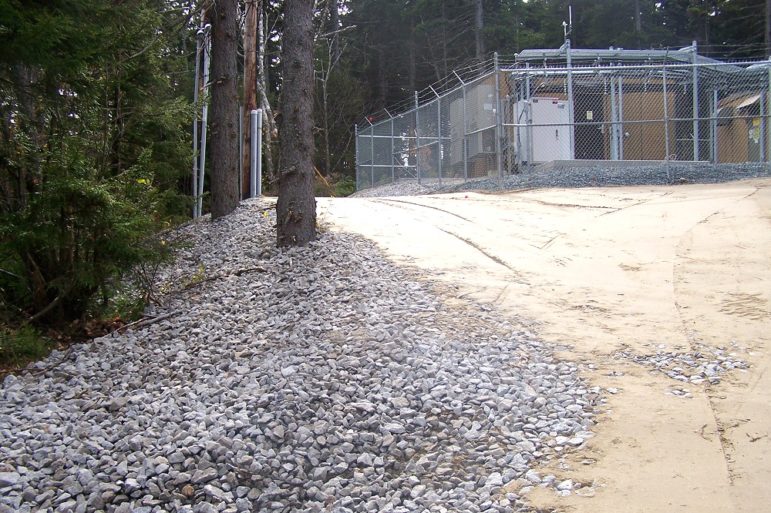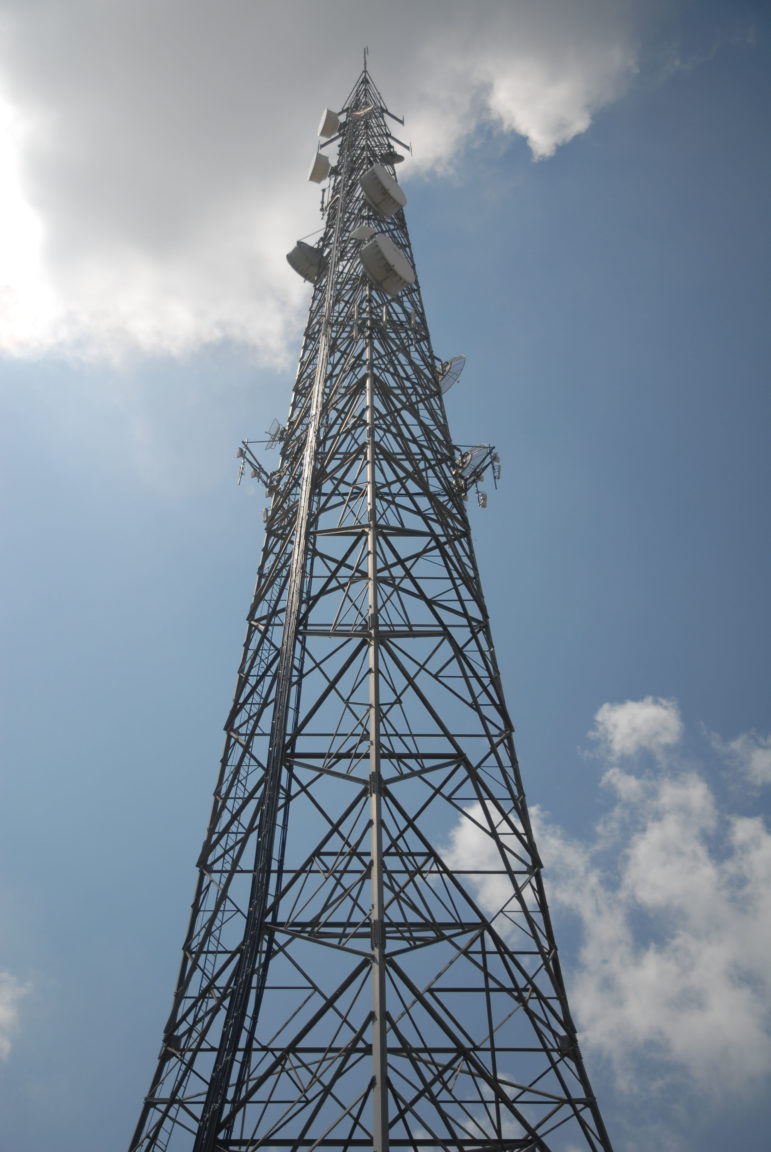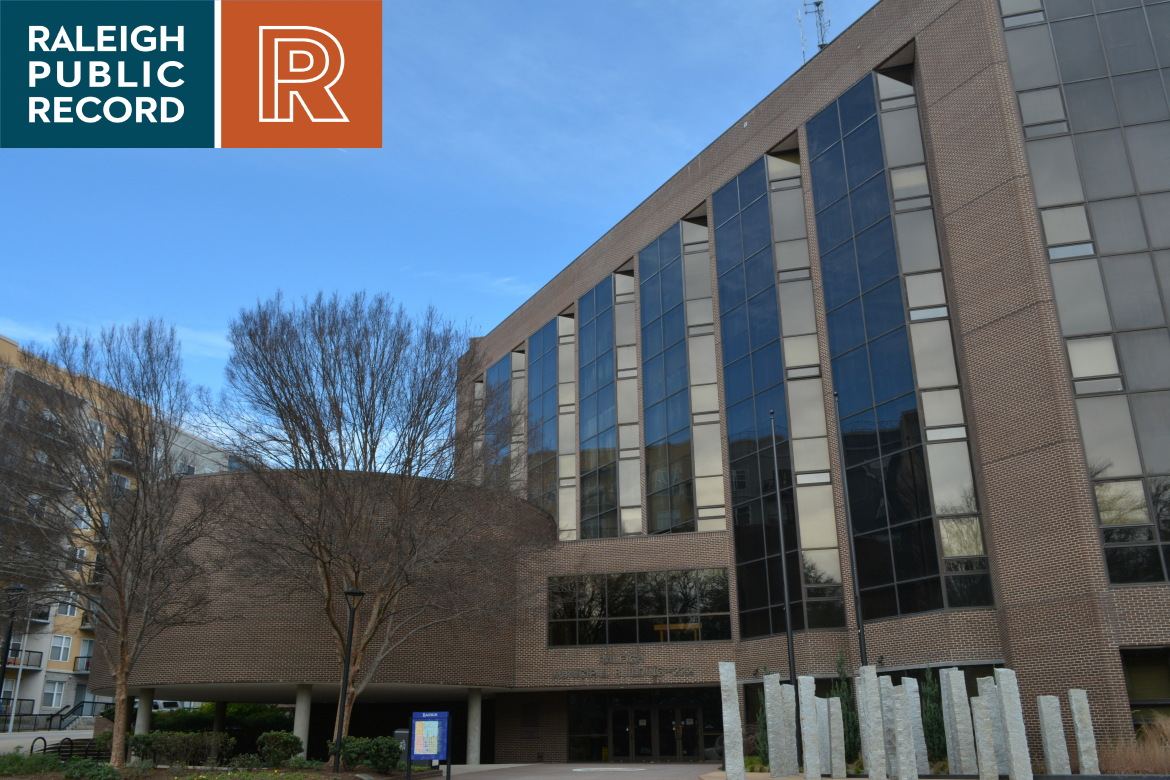Brought to you by Rufty-Peedin Design Build
Monday, August 22, 2016
The traitorous Paul “Can You Hear Me Now?” Marcarelli who can now be heard shilling for Sprint would do well to stay away from Farm Gate Road on the edge of Cary over the next few months, where his former employer Verizon has recently begun building a new “cell tower compound.”

Traitor Paul
We’ve seen plenty of permits issued for new cell towers in our time here at the Development Beat, but as best we can remember, they aren’t typically described as ominous-sounding “compounds.” We don’t know what the difference is, but they sound like a convenient place to stash an inconvenient former spokesman now working for the competition.
The $250,000 project will be handled by Robinson Tower out of Greenville and received its permits last week. While we couldn’t find much online about the difference between a cell tower and a cell tower compound – they appear to be the same thing – the permits specifically describe the work as “cell tower AND compound,” so who knows.
The trades involved include building, electrical, fire protection and land disturbing, which doesn’t really narrow down for us what this compound will consist of.
We did manage to track down an old presentation from 2010 about the process of and challenges presented by cell tower construction. While there wasn’t anything in there about building a Château d’If style-fortress in which to imprison your enemies, the cell tower construction process is actually a little more interesting than one might assume.

In addition to the steel, concrete, pulleys and bolts one would assume necessary for any cell tower, the presentation from Prof. K N Satyanarayana notes that the projects often require a pump to remove water from underneath the site, and “rubber soling to prevent seepage of water from underneath the foundation.” The minimum required depth for the foundation of a tower is apparently three meters, which is just shy of 10 feet.
Once the materials have been acquired and the site duly inspected and prepared – it’s a lengthy process that involves an in-depth analysis of the soil and stability of the foundation area – the construction process is ready to begin, but brings with it a number of additional challenges.
These include “poor skill of labor,” “Safety rules not followed at site” “Poor handling and storage of materials” “Holidays” and “material availability.” We assumed that last one is probably the biggest cause of delays not only for cell towers but for construction projects in general, and the analysis from Satyanarayana seems to bear this out. While “prolonged construction” can add 2-3 days to the schedule, material availability can delay a project anywhere between 18-21 days.

One of the long-term problems presented by cell tower construction appears to be an issue it shares with many concrete-intensive projects: “honeycombing” – a phenomenon described by Google as follows:
“When concrete is poured into the foundation forms it does not just flow in like water and fill up the forms to the top. If it is not vibrated properly it may leave voids called “honeycombing.” The exposed aggregate leaves a honeycomb look and hence the name.”
We found a few more technical definitions, but that was the clearest. It’s a bad thing. Fortunately, Satyanarayana had a few suggestions for improving this and other problems presented in cell tower construction.
For honeycombing, he suggested the use of a vibrator (it’s OK, we laughed at that too) and “other equipment,” and noted that the “poor skill of labor” could be counteracted by… “hiring more labor compared to peak labor requirement.”
It sounds like a variation on that old Woody Allen joke; “The employees here are terrible, and in such short supply!” Of course, Satyanarayana does include “adequate supervision” among his recommendations, which we imagine would be more useful than simply having more people around.
We’re not sure how intense the labor requirement will be for this new Verizon Tower out in far west Raleigh, but we’re definitely curious to drive by the site and see if we can get a glimpse of what we imagine is the impressive piece of equipment used for the water pumping process. Knowing our luck though, we’ll probably get out there just in time to see Robinson Tower bust out the giant vibrator and “other equipment.” Yikes.

Not actually a cell tower, but it looks cool, right?
